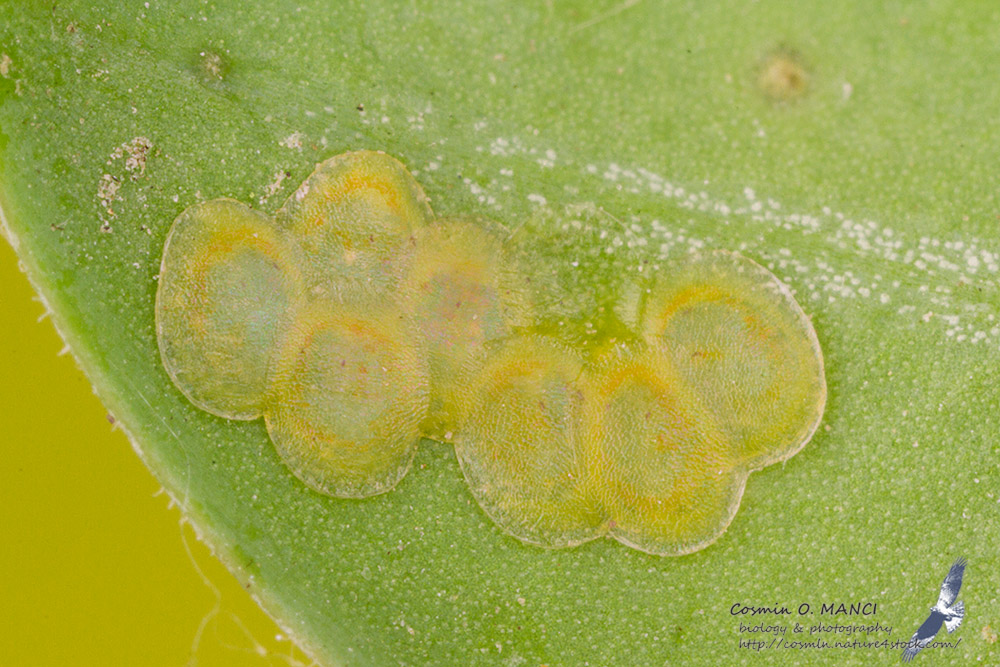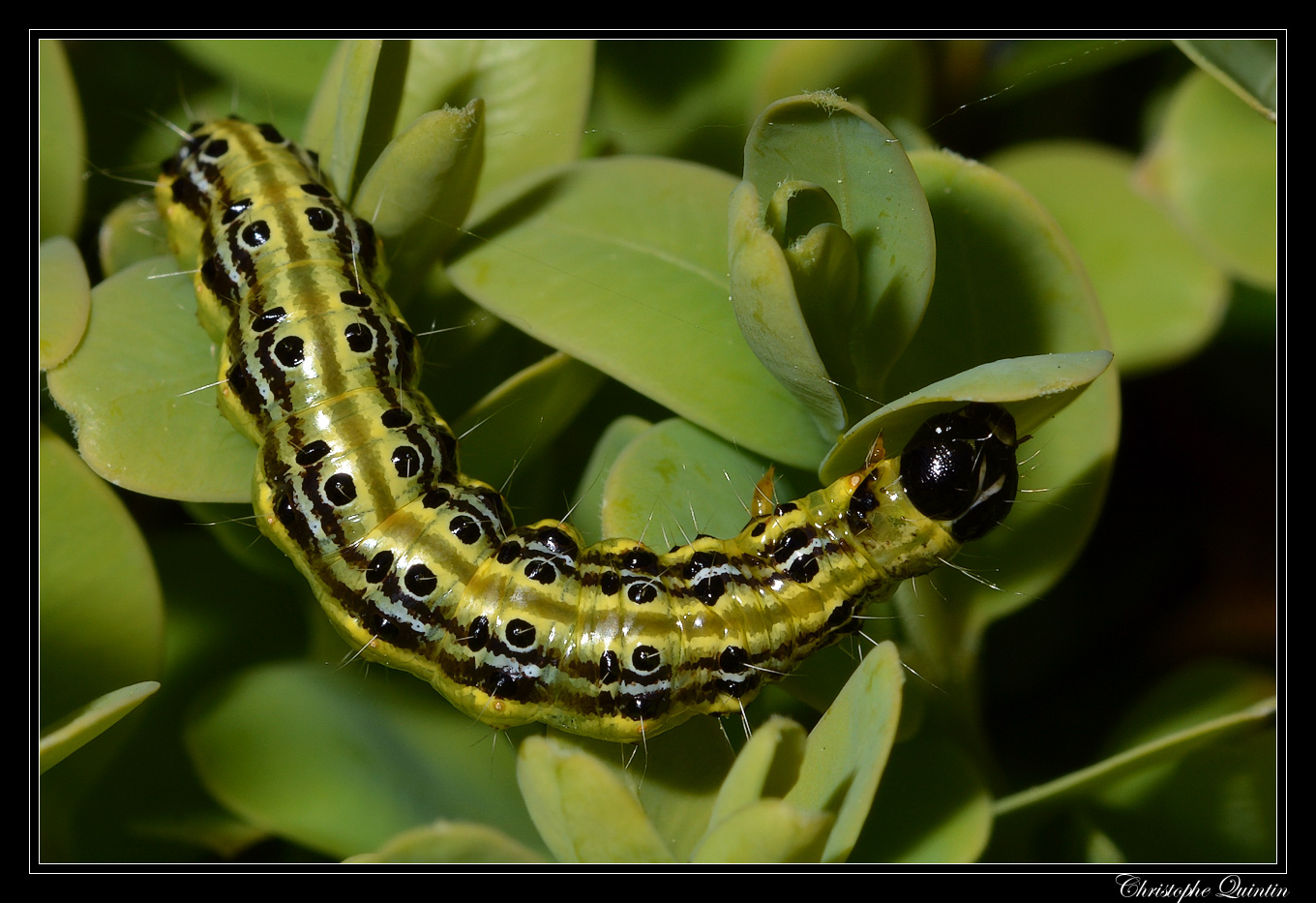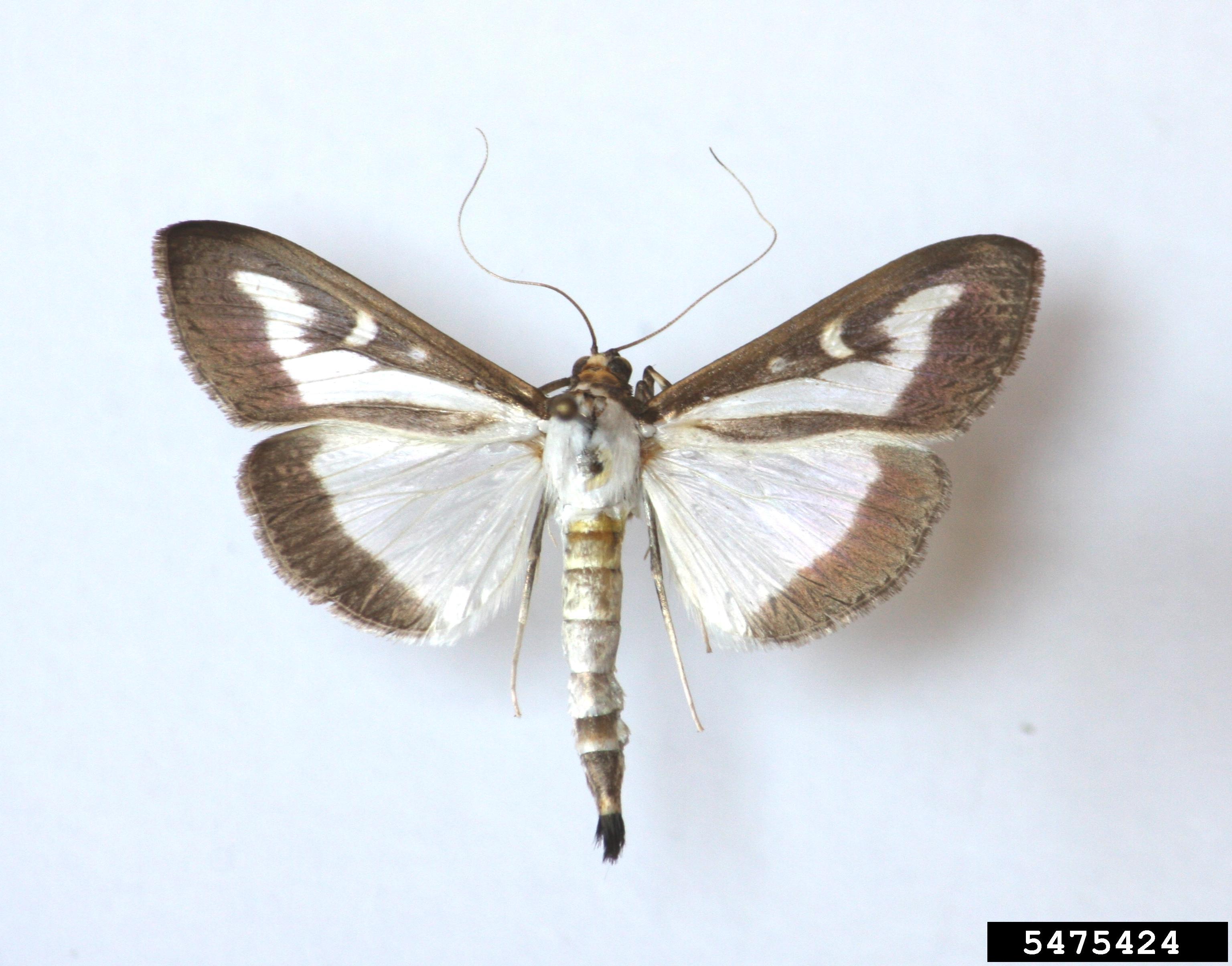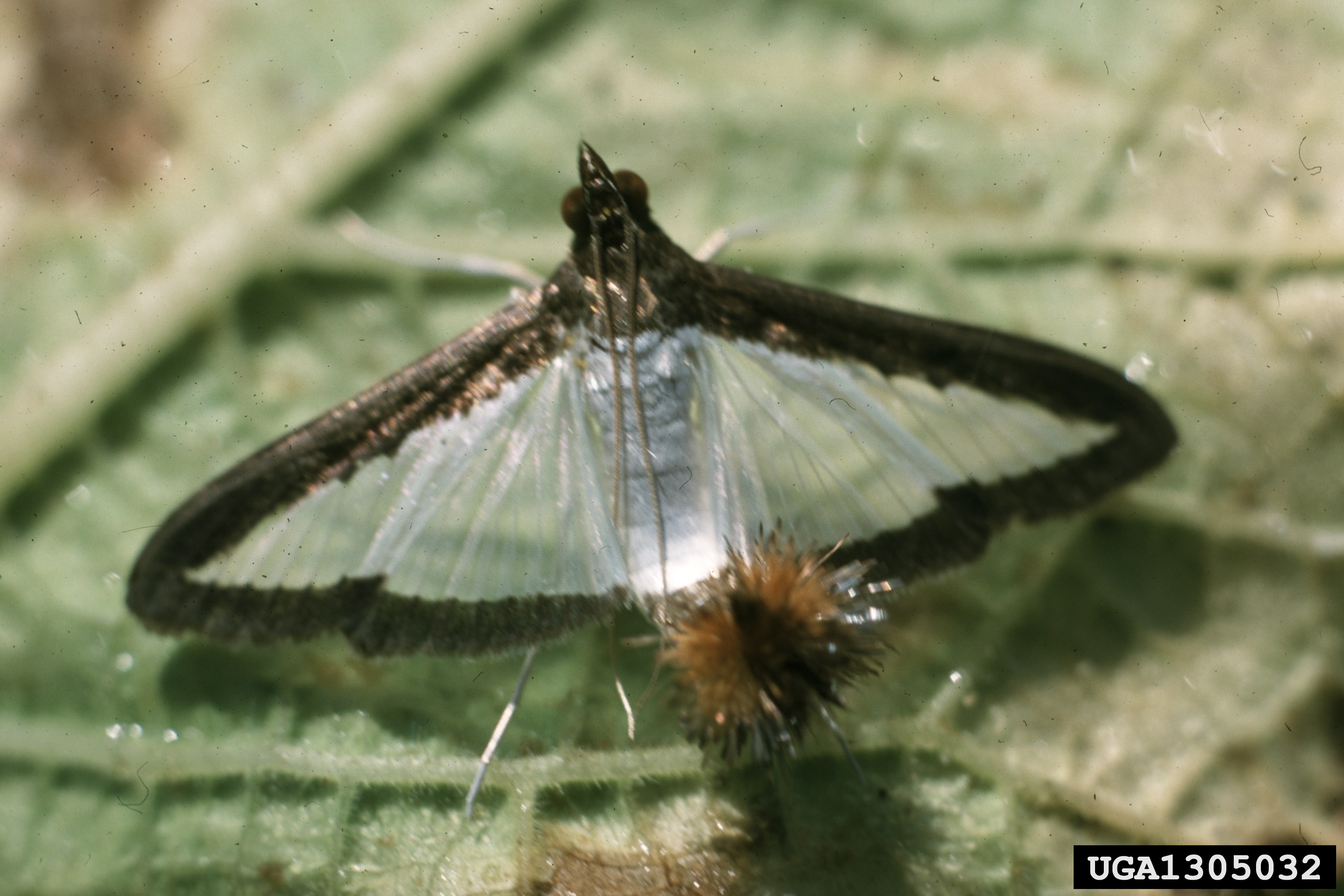Homeowners Needed in Eradication Efforts of Box Tree Moth
go.ncsu.edu/readext?801992
en Español / em Português
El inglés es el idioma de control de esta página. En la medida en que haya algún conflicto entre la traducción al inglés y la traducción, el inglés prevalece.
Al hacer clic en el enlace de traducción se activa un servicio de traducción gratuito para convertir la página al español. Al igual que con cualquier traducción por Internet, la conversión no es sensible al contexto y puede que no traduzca el texto en su significado original. NC State Extension no garantiza la exactitud del texto traducido. Por favor, tenga en cuenta que algunas aplicaciones y/o servicios pueden no funcionar como se espera cuando se traducen.
Português
Inglês é o idioma de controle desta página. Na medida que haja algum conflito entre o texto original em Inglês e a tradução, o Inglês prevalece.
Ao clicar no link de tradução, um serviço gratuito de tradução será ativado para converter a página para o Português. Como em qualquer tradução pela internet, a conversão não é sensivel ao contexto e pode não ocorrer a tradução para o significado orginal. O serviço de Extensão da Carolina do Norte (NC State Extension) não garante a exatidão do texto traduzido. Por favor, observe que algumas funções ou serviços podem não funcionar como esperado após a tradução.
English
English is the controlling language of this page. To the extent there is any conflict between the English text and the translation, English controls.
Clicking on the translation link activates a free translation service to convert the page to Spanish. As with any Internet translation, the conversion is not context-sensitive and may not translate the text to its original meaning. NC State Extension does not guarantee the accuracy of the translated text. Please note that some applications and/or services may not function as expected when translated.
Collapse ▲The U.S. Department of Agriculture’s Animal and Plant Health Inspection Service (APHIS) has confirmed the presence of box tree moth (Cydalima perspectalis) and is taking action alongside state partners and industry to contain and eradicate this invasive pest.
Native to Asia, this pest was introduced into Germany in 2006 and has quickly spread across Europe. Box tree moth was introduced to Ontario, Canada in 2018 which was the first introduction to North America.
In May 2021, box tree moths were found in Connecticut, Massachusetts, Michigan, New York, Ohio, Tennessee, and South Carolina. It arrived on plants from Ontario. Nurseries or retail outlets that received boxwoods (Buxus spp.), Euonymus, or hollies (Illex) from Canada should scout for box tree moth eggs, larvae, pupae, and adults. Importation of boxwood, holly, euonymus, and other hosts from Canada have been halted by federal order.
Damage
Box tree moth caterpillars feed exclusively on boxwoods. They will consume almost the entire leaf. Once leaves are gone, they will eat the bark, leading to plant death. Caterpillars also create unsightly webbing and frass within plants which protects them from predators and could reduce insecticide efficacy.
How to ID
Box tree moths are named after their final lifecycle stage. Like a lot of insects, moths go through many stages before turning into an adult, which in this case is a moth. So, the correct ID through each stage of their life cycle is critical!
Box tree moth eggs are pale yellow and are usually laid on the underside of the leaf. These eggs are in groups of 5-20 and can overlap like shingles.

box tree moth_eggs- Photograph by Cosmi O. Manci
Box tree moth caterpillars are green and yellow with white, yellow, and black stripes and black spots. They can range from .75 to 1.5 inches long. This is the moth’s life stage that will feed on boxwoods. Finding them on a host plant (boxwood, holly, and euonymus) will be distinctive.

box tree moth_caterpillar2.0- Photograph by Christophe Quintin via Flickr, used under a CC BY-NC 2.0 license. Cropped from original.
Pupae (transition from caterpillar to moth) can be found in the webbing or amongst the damaged leaves. Pupae are green with brown stripes.
Adult box tree moths are white with a brown border that outlines their wings. With a closer look, you will notice a white ‘comma’ shape that disrupts the brown border on their forewings (upper wings). Their wingspan ranges from 1.5 to 1.75 inches.

Box tree moth_adult- Szabolcs Sáfián, University of West Hungary, Bugwood.org
White box tree moths look similar to melonworm moths, which are common in the southeastern U.S. Melonworm moths are also white with a brown border. To tell these two apart, look for that white ‘comma’ shape on its forewings to indicate if it is a box tree moth. If the brown border goes uninterrupted around the entire wings, it is a melonworm moth.

Melonworm_moth: Alton N. Sparks, Jr., University of Georgia, Bugwood.org
Behavior
Based on information from Europe, these moths can have 1-3 generations in our region. Box tree caterpillars start feeding in early to mid-spring.
What Does This Mean for Homeowners?
Homeowners, if you have planted boxwoods, hollies, or euonymus within the last year, scout your plants for any life stages of the box tree moth! If you think you have identified any lifecycle stage of this moth, contact your local N.C. Cooperative Extension office.
Because these aren’t established in the U.S. at this time (and we hope to keep it this way), there are no official recommendations for controlling box tree moths for homeowners. To dispose of them, you can handpick the caterpillars and put them in soapy water.
If you think you may have box tree moths, please contact N.C. Cooperative Extension, Caldwell County Center at 828-757-1290. You can also visit the link below for more information and ID tips.




